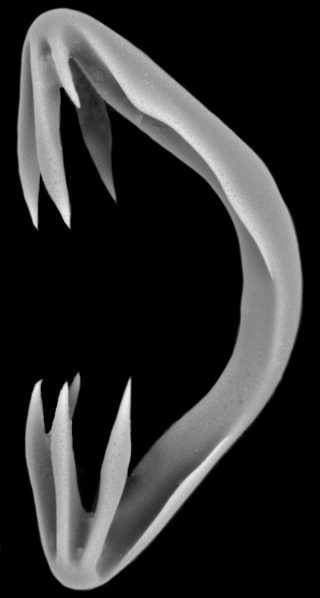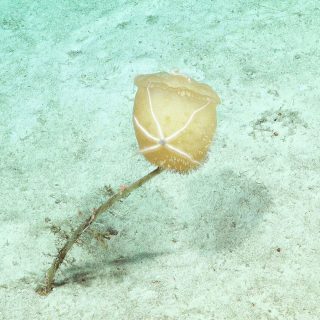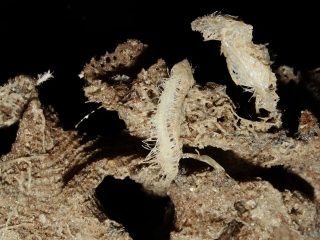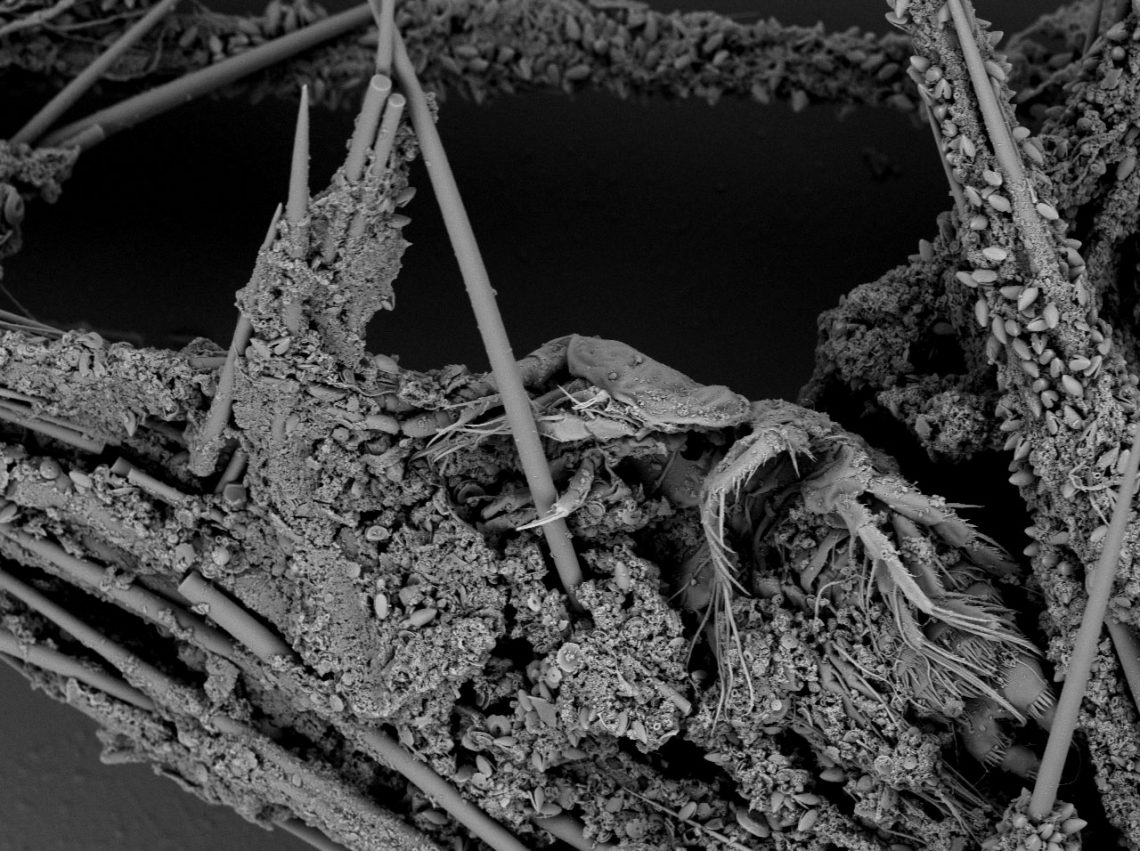It is a nice sunny day in Brisbane and I ride my bicycle to work with the sun shining on the river. I come into the Queensland Museum at South Bank; it is very quiet because the museum is closed to the public due to COVID restrictions. I fire up my computer and connect with the Falkor – within a minute I am diving down to a thousand metres. I have connected remotely to the ship approximately 2000 km north of me in the Coral Sea.

The ship has the tethered Remote Operated Vehicle SuBastian exploring the depths of the Queensland Plateau. Today we are diving on the Holmes Reef. It is a fantastic setup, sitting in my office looking at live screens of the feeds from the ROV cameras, exactly like sitting in a room on the ship and watching the screens for the ROV. Except the room is not rolling. At the Queensland Museum I am collection manager of sessile marine invertebrates, so I work on sponges, octocorals, ascidians, and pretty much any marine life attached to the substrate.
But my real interest is in carnivorous sponges. Sponges are normally filter feeders but a few rare sponges have evolved to a carnivorous lifestyle to cope with the lack of food in the deep part of the ocean. I have just described 17 new species of carnivorous sponges from the East Coast of Australia from Tasmania up to the southern end of the Coral Sea. Many of these were abyssal down at 4000 m on the ocean floor, and at 2000 m halfway up the Australian continental shelf.

So I am excited to be going into new territory in the Coral Sea. So as the ROV begins to climb the wall, I am busily scanning the screens hoping to find one of my feather-like sponges. They are tiny: many of them only 1 cm, but the larger ones can be up to 20 cm. I can see lots of octocorals go past, changing from the Gold corals, the Chrysogorgia’s and Narella’s (primnoidae), and we see many of the glass sponges, particularly the Hyalonema’s which look like tulips rising from the snow. Some of these glass sponges are fragile, like champagne flutes, and others soft, like fiberglass matting. After a few hours of seeing mostly bare rock covered in ‘snow,’ the geologists have been kept happy.

But I am happy when we see an explosion of life, usually where a rock face that is not covered by the detritus is also in a good current for all the filter feeders to be out catching food. These are often used as outstanding features for crinoids to reach out even further into the current. The crinoids are often bright yellow which certainly adds an explosion of colour to the white background. I get excited, seeing some coral-like growth clinging to the lip of an under hang and I ask the ROV pilots if they can zoom in and have a look. The ROV is expertly manoeuvred and the cameras zoom in. Alas, it is a deep-sea coral, and so we move farther on up the slope. The search for carnivorous sponges continues….


